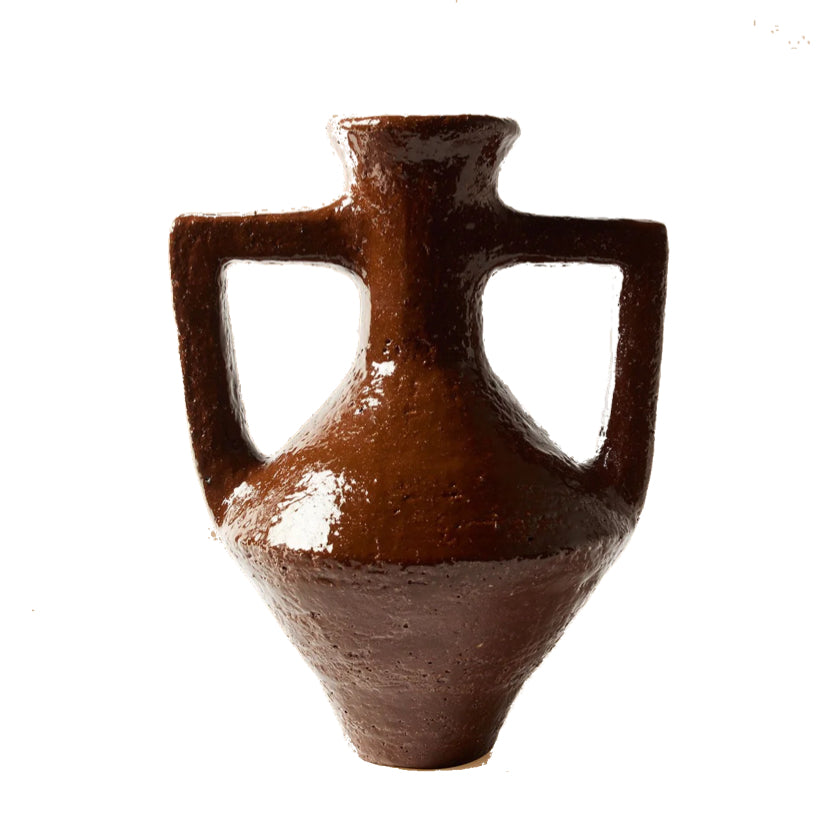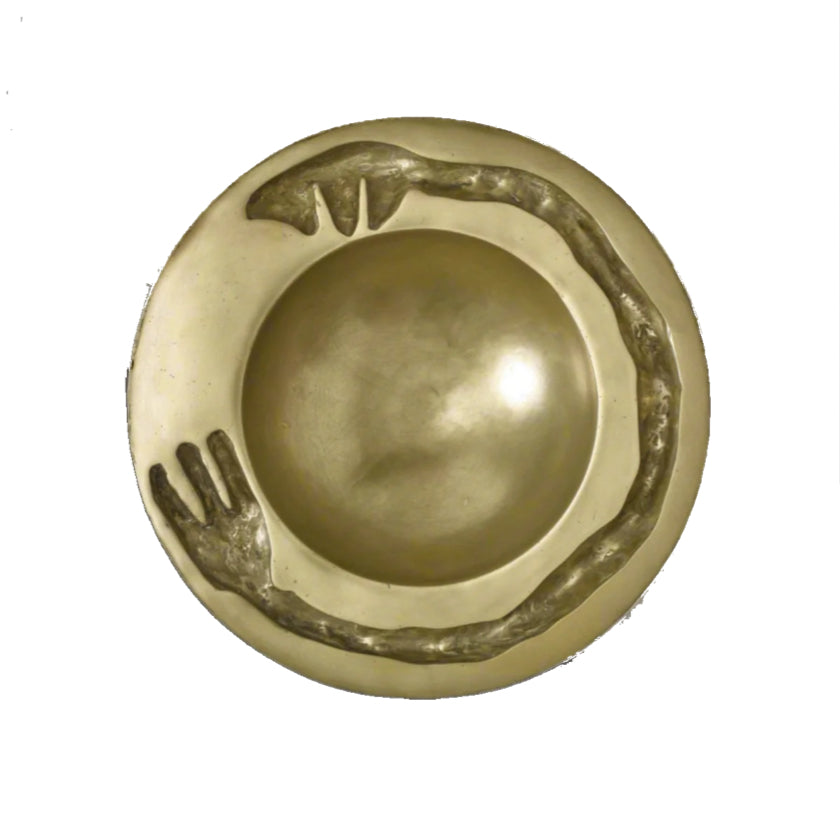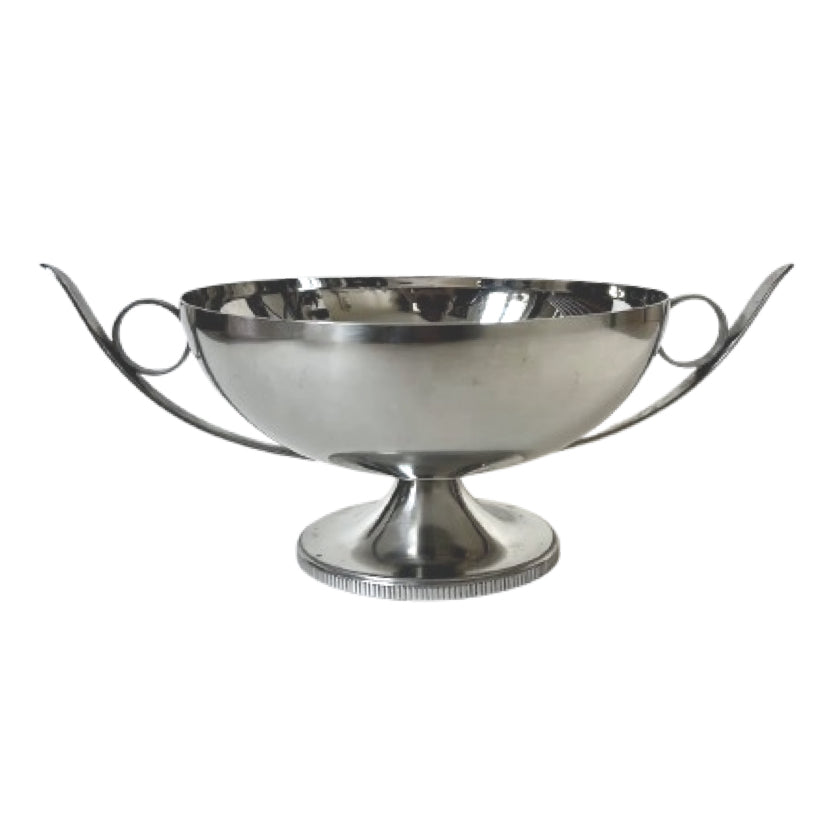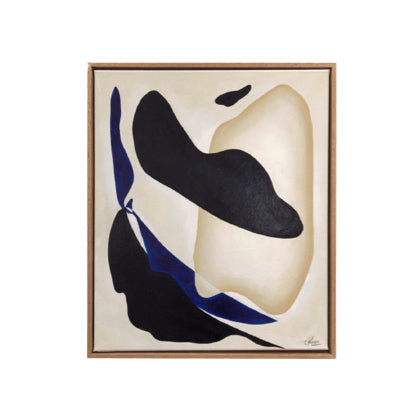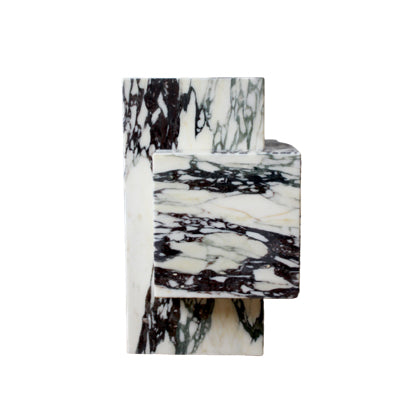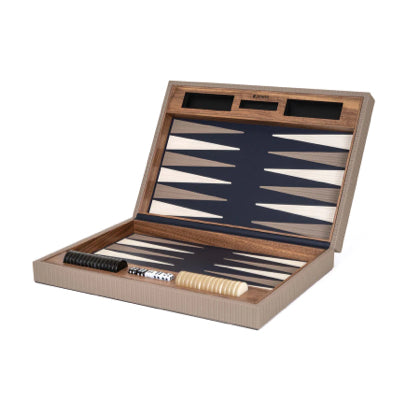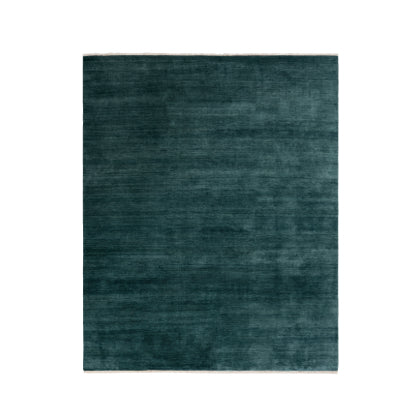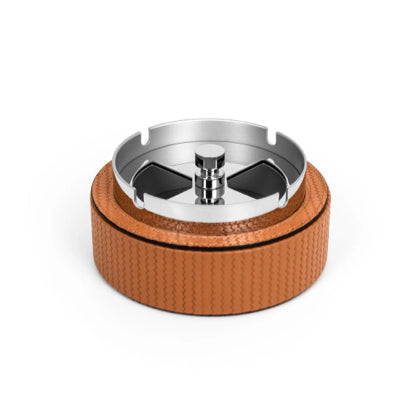International Style
Understanding the Essence of International Style
In curating this collection, we focus on the fundamental ideals that define International Style, which aligns beautifully with our vision of modern home decor. Each work showcases a commitment to using new materials and innovative construction techniques that reflect the spirit of the era.
In curating this collection, we focus on the fundamental ideals that define International Style. Each work showcases a commitment to using new materials and innovative construction techniques that reflect the spirit of the era. The collection highlights iconic examples that not only tell a story of architectural advancement but also invite the viewer to appreciate the artistry found in modern design.
Additionally, this curation emphasizes the importance of space and light, both essential elements in the philosophy of modern architecture. Buildings in the International Style often feature large glass windows that create a seamless connection between the interior and exterior environments. This approach contributes to a sense of openness and transparency, inviting the natural world into the living space and fostering a harmonious relationship with the surroundings.
Modern architecture emerged in the early 20th century, challenging traditional design norms and emphasizing functionalism. This movement was characterized by clean lines, minimal ornamentation, and a strong integration with the surrounding environment. Architects like Le Corbusier and Mies van der Rohe were instrumental in this shift, promoting the idea that buildings should serve their purpose efficiently while reflecting the spirit of the age. The Bauhaus school, founded in Germany, played a pivotal role in this movement by merging art, design, and architecture, thereby influencing modern architecture across the globe.
As modern architecture evolved, it became synonymous with innovation and experimentation. This period saw the rise of materials such as steel and glass, which allowed for unprecedented structural possibilities. Buildings like the Seagram Building and the Villa Savoye exemplify this new approach, showcasing expansive spaces filled with natural light. The cultural significance of modern architecture lies not only in its aesthetic appeal but also in its reflection of societal changes. It represented a break from the past, embodying the ideals of modernity, progress, and a new way of living.
Bauhaus, a term synonymous with modern architecture and design, emphasizes functionality and simplicity. This movement, which originated in Germany in the early 20th century, showcases clean lines and minimal ornamentation. When integrating Bauhaus elements into your space, focus on geometric forms and a neutral color palette. Incorporate furniture pieces that reflect the ethos of this style, such as chairs and tables designed with both aesthetics and usability in mind. Selecting textiles that complement the minimalist look will further enhance the overall ambiance of your home.
Styling with Bauhaus can be an enjoyable process. Consider blending vintage and contemporary pieces to create a cohesive look. For instance, pairing a classic Bauhaus chair with a modern coffee table can highlight the beauty of both styles. Additionally, lighting plays a crucial role; opt for fixtures that echo the industrial feel of Bauhaus design. By choosing decor that aligns with the principles of this movement, you can achieve a sophisticated and timeless environment that pays homage to its rich heritage.

